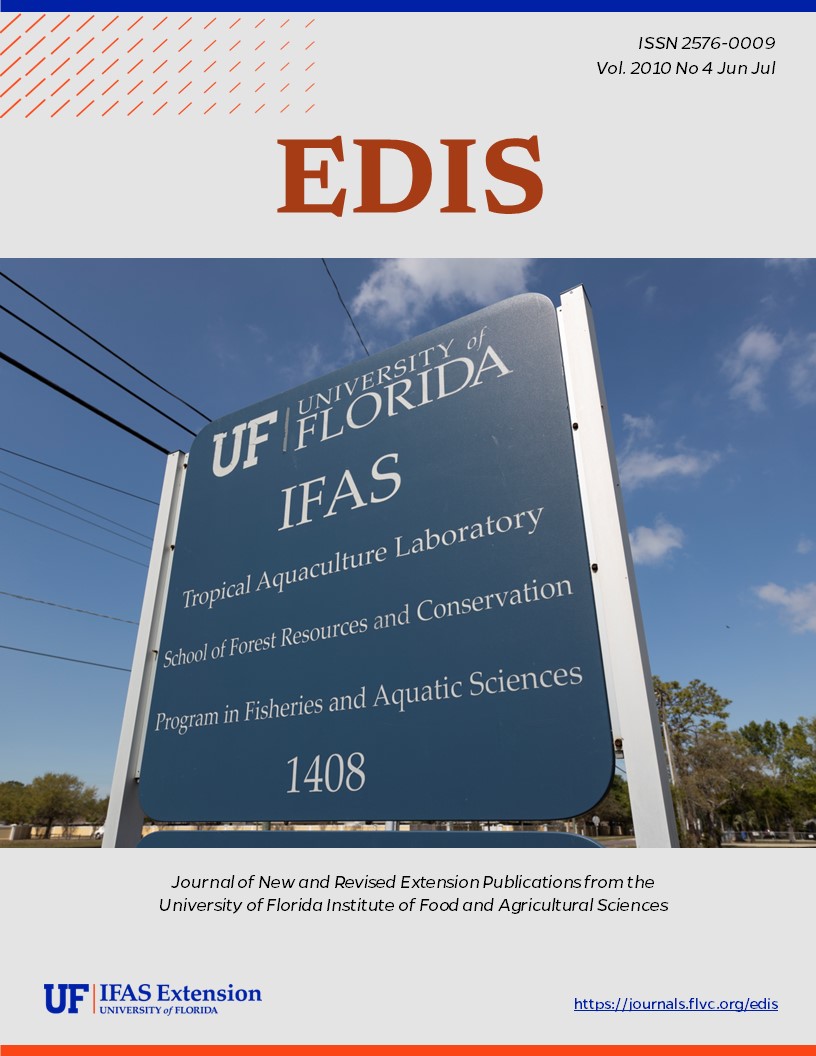Abstract
FOR 261, a 2-page fact sheet by Michael G. Andreu, Melissa H. Friedman, Mary McKenzie, and Heather V. Quintana, describes this native evergreen shrub found along margins of damp swamp lands and ponds as far north as Virginia, south to Florida, and west to Louisiana — scientific and common names, description, allergen, and applications. Includes references. Published by the UF School of Forest Resources and Conservation, June 2010.
References
Austin, D. F. (2004). Florida ethnobotany. Boca Raton, FL: CRC Press. https://doi.org/10.1201/9780203491881
Gledhill, D. (1989). The names of plants (2nd ed.). Cambridge: Press Syndicate of the University of Cambridge.
Godfrey, R. K. (1988). Trees, shrubs, and woody vines of Northern Florida and adjacent Georgia and Alabama. Athens, GA: The University of Georgia Press.
Haehle, R. J. and J. Brookwell. (2004). Native Florida plants: Low-maintenance landscaping and gardening. Lanham, MD: Taylor Trade Publishing.
Miller, J. H. and K. V. Miller. (2005). Forest plants of the Southeast and their wildlife uses (Revised ed.). Athens, GA: University of Georgia Press.
Nelson, G. (1994). The trees of Florida: A reference and field guide. Sarasota, FL: Pineapple Press.
Ogren, T. L. (2000). Allergy-free gardening: The revolutionary guide to healthy landscaping. Berkeley, CA: Ten Speed Press.
Osorio, R. (2001). A gardener's guide to Florida's native plants. Gainesville, FL: University Press of Florida.
USDA Natural Resources Conservation Service. (n.d.). Plants Database. Retrieved from http://plants.usda.gov/index.html

